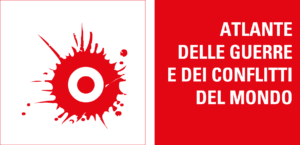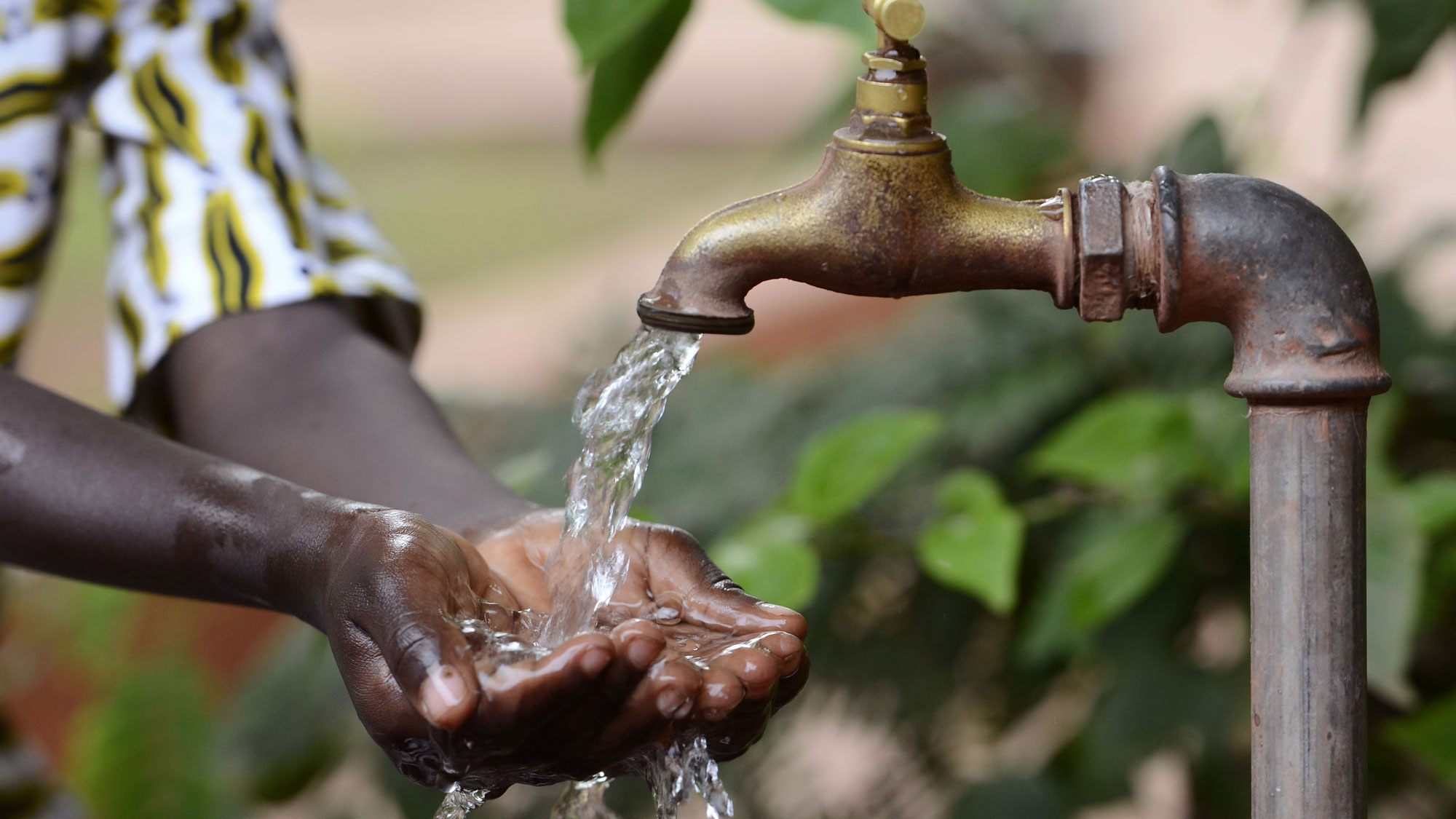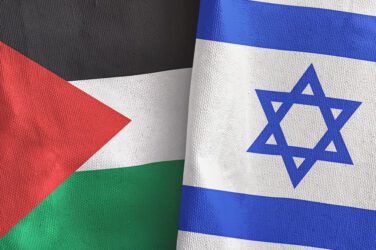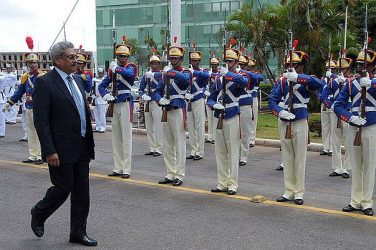In questo articolo, curato in inglese da Atlante delle Guerre per il giornale Cities Of Peace, approfondiamo il tema del 6° obiettivo dell’Agenda 2030: l’accesso all’acqua e ai servizi igienico-sanitari. Si tratta di un diritto, quello all’acqua, del quale sono private comunità in tutto il mondo, mentre sempre più città e territori si vedono minacciati da situazioni di carenza, o “water stress”. Parlare di accesso all’acqua infatti non è abbastanza. Come ci racconta quest’articolo, la vicinanza a fonti d’acqua non è abbastanza: perché una comunità possa vivere, è necessario che i rifornimenti d’acqua siano costanti, non apportino costi aggiuntivi alla popolazione, che essi comprendano acqua potabile ma anche servizi sanitari funzionanti e adeguati.
L’alternativa è un circolo vizioso che ad oggi coinvolge fra i 3 e i 5 miliardi di persone. Laddove l’acqua è una risorsa scarsa, la vita della comunità ruota intorno a questa necessità primaria: spesso, bambine e ragazze sono costrette ad abbandonare la scuola per dedicarsi alla raccolta e al trasporto dell’acqua, o perché la carenza di servizi igienico-sanitari non permette loro una vita regolare durante il ciclo mestruale. Non poter studiare, lavorare e guadagnare per raccogliere l’acqua priva le famiglie di possibilità economiche – che spesso sono già messe alla prova dal costo proibitivo che ha l’accesso all’acqua.
Ma soprattutto, il rischio è che lo stress sociale dovuto all’acqua sfoci in vere e proprie guerre. Sono già 510 i conflitti che hanno, tra le loro ragioni, anche il controllo di fonti d’acqua: tra questi, casi esemplari sono il conflitto Israelo-Palestinese e la situazione in Yemen. Ma l’assenza di acqua è anche causa di migrazioni, che a loro volta vanno a esacerbare situazioni al limite come quelle dei campi profughi, dove acqua e servizi sanitari sono problematiche comuni.
Trovate qui sotto l’articolo completo, in lingua inglese.
Entra nella community
Iscriviti alla nostra newsletter
🇪🇸 Comunidades sin agua: un derecho que aún no es de todos
En este artículo, editado por Atlante delle Guerre por el periódico Cities of Peace, exploramos el tema del sexto objetivo de la Agenda 2030: el acceso al agua limpia y el saneamiento. A continuaciòn, encuentra el artículo completo en inglés.
Es un derecho, el derecho al agua, del cual son privadas cientos de comunidades en todo el mundo, y cada vez más ciudades y territorios son amenazados por situaciones de escasez o “estrés hídrico”. Pero, hablar de acceso al agua no es suficiente. Como nos vemos en este artículo, la proximidad a las fuentes de agua no es suficiente: para que una comunidad viva es necesario que los suministros de agua sean constantes, no traigan costos adicionales a la población, que incluyan agua potable pero también servicios funcionando y adecuados. artículos sanitarios.
Cuando no hay agua, el costo para las comunidades es alto: tener que dedicar tiempo y recursos para viajar largas distancias, transportando agua para la familia, impide que las niñas estudien, trabajen y se ganen un futuro para sí mismas y para la comunidad. Además, muchos de ellas se ven obligadas a abandonar estas actividades, debido a un saneamiento inadecuado.
Sobre todo, el riesgo es que el estrés hìdrico desemboque en guerras. Ya hay 510 conflictos que tienen, entre sus motivos, el control de las fuentes de agua: entre estos, casos ejemplares son el conflicto israelo-palestino y la situación en Yemen. También, la falta de agua es una causa de migración, que a su vez agrava situaciones extremas como las de los campos de refugiados, donde el agua y los servicios de salud son problemas comunes.
🇬🇧 Communities without water: a right that’s far from being everyone’s.
“Water stress” on communities
The celebration of the 28°th World Water Day on March 22 gave world leaders, regional organizations, and citizens an opportunity to focus on the most precious good in the world, still too often taken for granted: water.
Access to water has historically been a fundamental condition for the life of communities and villages, its availability and control heavily influencing the history of civilization. However, it is far from being a given for all the communities in the world: more than 2.2 billion people are currently living without stable access to drinking water – a “moral failure”, as commented by UN General Assembly’s president, Volkan Bozkir, in his speech at the Glass Palace on World Water Day.
Although governments and international organizations have taken this day to renew their commitment towards a sustainable solution of this global issue, the road is still long ahead to ensure that the sixth goal of the 2030 Sustainable Development Agenda – water and sanitation – becomes a truly universal right.
We must have this conversation, and we must do it in a way that is truly inclusive and comprehensive. Discussing people’s “Access to water” is not enough, as it seems to only refer to the proximity of water sources. Instead, what communities truly need to live and prosper is access to clean, drinking water, but also to toilets and adequate hygienic services. Of the almost 8 billion people in the world, more than half lacks access to an adequate sanitary situation: 3 billion do not have water to wash their hands, 2 billion live without adequate toilet systems and 2.2% of the world’s deaths are still related to unsafe water conditions causing the aggravation of illnesses, or even the transmission of typhoid, cholera, dysentery and hepatitis A. In the current global pandemic, the unavailability of hands-washing facilities creates a severe obstacle to the governments’ and NGOs’ efforts in contrasting the spread of the Coronavirus.
Water shortages, droughts, and issues in providing and storing water are daily problems that are transversal across all latitudes: from sub-Saharan Africa, where lack of clean water still accounts for up to 14% of the yearly deaths, to South-East Asia but also the Americas. In the United States of America, water insecurity affects more than 1 million citizens, 47% of which live near major urban areas. In Canada, more than 80 territories inhabited by First Nation peoples are faced with difficulties in accessing water, contamination of aquifers and growing risks for its future availability as underground aquifers are drained.
Moreover, water security is a concern that interests not only remote communities of indigenous peoples, but increasingly threatens cities and urban territories as well. Water insecurity threatens millions of inhabitants in metropolis such as Cape Town, São Paulo, Istanbul and Mexico City. This condition, referred to as “water stress”, is said to affect one quarter of the world’s biggest metropolis, a number that is rapidly increasing: even those cities that are currently successful in distributing water to their inhabitants are faced with growing concerns, as their population increases drastically, heightening the demand for water for domestic, industrial and agricultural use. On top of this, climate change impends upon a growing number of cities and territories: those areas relying on seasonal rains and rainwater collection are faced with increasingly less precipitations, desertification is advancing at an alarming rate, and atmospheric events such as droughts and floods are ever more often destructive in their intensity. At the current pace, if the 2030 Agenda will not be addressed concretely in the next decade, by 2030 the demand of clean water will exceed its supply by 40% – leaving even more people and communities in a dramatic situation of water instability.
 Water as the essence of life: what happens when it’s missing
Water as the essence of life: what happens when it’s missing
Water security truly does have an all-round series of consequences on communities: its paucity affects peace, economic stability, health, but also educational levels and mental health.
In territories where water is a scarce resource, the control of its sources often becomes the reason for conflicts. According to the World Bank, water accounts as a motive for 510 conflicts on the planet: from the Israeli-Palestinian one, to the Syrian humanitarian crisis, to the Indo-Chinese conflict on the Brahmaputra river, water is at the forefront of geopolitical concerns. The research for this fundamentally necessary “blue gold” influences and causes heavy migrations which – as was the case for Uganda after the Rwandan genocide – in turn exacerbate water stress conditions in the receiving territories: States which are not consistently able to ensure their citizens’ access to clean water are pressed by humanitarian crises, with refugees camps often becoming unsanitary areas and epicenters of epidemics.
Even where peace is preserved, water shortages impact the life and destiny of the communities. In many areas of Africa and south-east Asia water is collected daily and transported to the villages, or brought periodically to the urban centers by water tankers: of this water-fetching activity are usually tasked the women and the children, who are therefore prevented from accessing education or job opportunities because of the importance of their daily task. Having to choose between education, earning opportunities or a fundamental good such as water for the family unit is not really a choice, but an imposition that shapes the lives of the children and prevent the women from improving their social conditions through their labor. As was noted by Virginia Newton Lewis, head of Water Aid, “ Not having clean water at hand destroys opportunities to create a better future for yourself, your family and community by eating up time: every hour spent trudging to fetch water or recovering from waterborne disease is an hour lost for education, work or just doing something more fulfilling. “
To renounce schooling in water-insecure areas are predominantly the girls – a social divide which often precludes them the opportunity to learn a trade or proceed with higher education, therefore excluding them from the decision-making processes: it is a “cycle of poverty” that is swallowing women, generation after generation. Moreover, girls are further impacted by water shortages due to the unsanitary conditions of most schools, which force menstruating girls at home and generate serious health concerns for their hygienic conditions.
The cost of inequalities and the the “blue gold”
The economic impact of water inaccessibility is staggering not only in terms of lost opportunities for work, education and the time-demanding water collection. The cost of water in communities relying on tankers transportation can be up to four times that of tap water in dollars – a price that enriches the rich and expands the gap towards social justice.
Doing business on water is, unfortunately, an evergreen practice. The privatization of important water sources, allowed and oftentimes encouraged by local governments, allows local oligarchies and foreign investors to speculate on the necessity of thousands of communities to have access to clean water. These practices allow private, wealthy actors to put a price on the health and lives of citizens; sometimes, they even set the basis for important geopolitical considerations, when States such as Costa Rica and El Salvador – characterized by a structural water scarcity – increasingly have to rely on the export of water conducted by the neighboring countries. Dependencies, these, that not only have considerable strategic implications, but also heavily influence entire national economies.
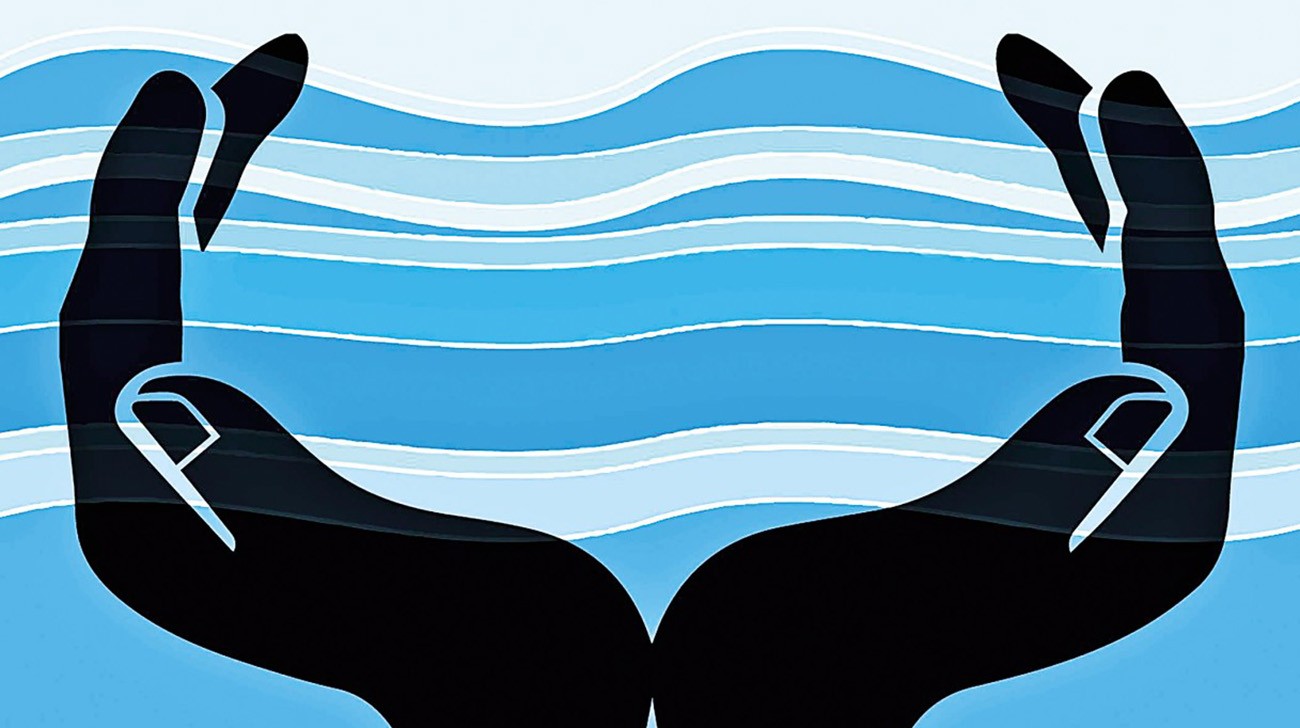
That of water could be, instead, a very virtuous cycle. Investing in clean-water access and effective sanitation is a business with a predicted return of 430% of the invested sum; funding projects that will allow rural and urban communities to be autonomous in their access to water and sanitary services will translate into an increased level of schooling, a reduction in conflicts, and can lead to a growth in the national GDP of up to 1,5% each year. A victory for everyone, that would be far from being merely economic: ensuring a more consistent level of education, employment, and reducing food insecurities means healthier, happier communities.
Once again, the goals set in the 2030 Agenda remind us of the long way to go in order to achieve equality and sustainable life conditions for all. In a global pandemic, the reflection on how to practically reach this objective becomes even more urgent. While the whole world is reminded that that hands-washing can be a matter of life or death, we cannot forget of those who have been faced with this issue for their entire lives. The dignity of life, work and a secure future for cities and territories begins with a running tap and hygienic services.
Lasciaci qualche informazione su di te, così saremo in grado di contattarti quando lanceremo la campagna di crowdfunding e potrai ricevere la nostra newsletter con gli ultimi aggiornamenti dal mondo.
